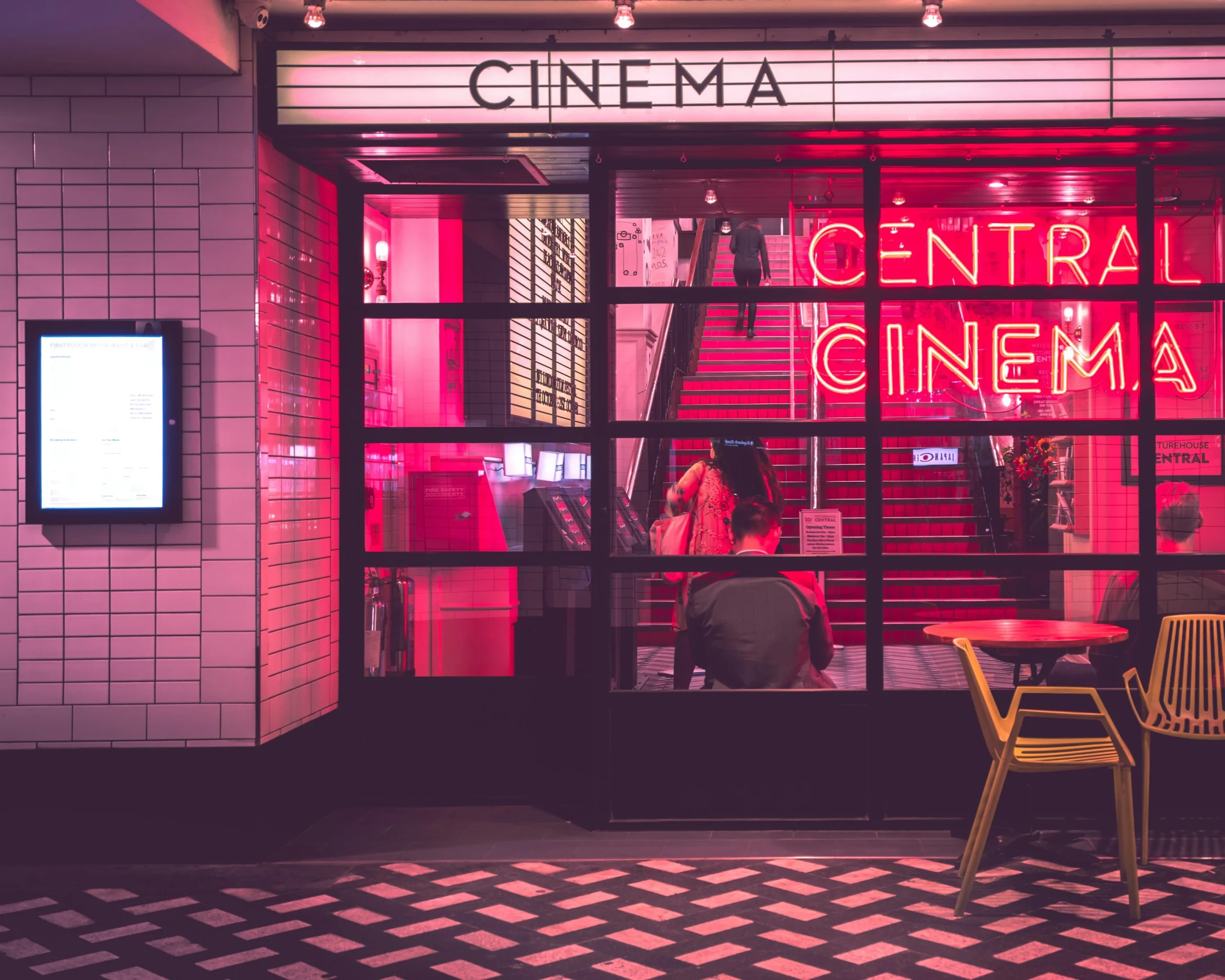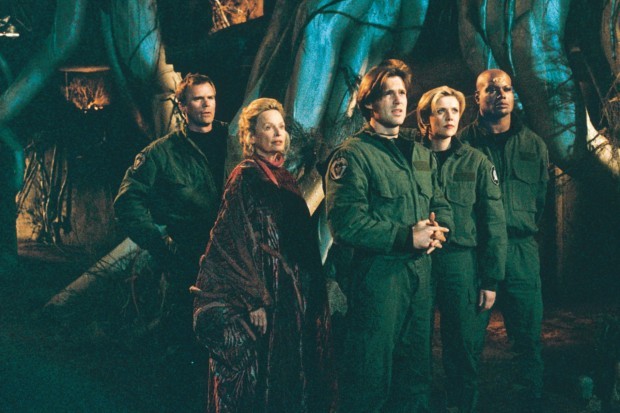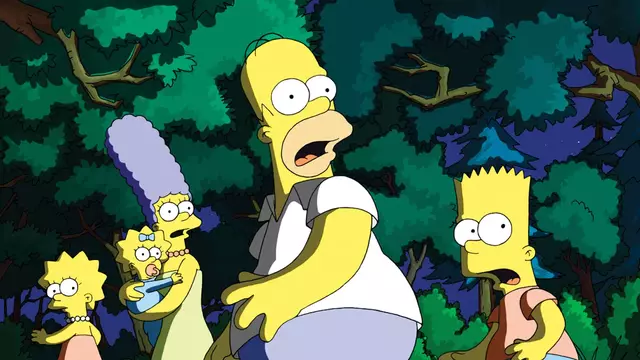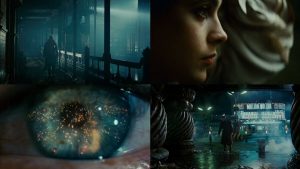The Evolution of Cinema: From Silent Films to Digital Storytelling
Cinema is often described as the most influential art form of the 20th century, but its journey began long before Hollywood blockbusters and streaming platforms. From the flickering images of the silent era to the immersive spectacles of modern digital storytelling, the evolution of film reflects not only technological progress but also the changing nature of human imagination. Understanding the history of cinema provides insight into how stories have been told, how audiences have engaged with them, and how innovations continue to redefine what movies can be.
The Birth of Moving Pictures
The origins of cinema date back to the late 19th century, when inventors such as Thomas Edison and the Lumière brothers experimented with moving images. In 1895, the Lumière brothers held the first public screening in Paris, captivating audiences with short films of everyday life. These “actualities” were simple, but they sparked a revolution. For the first time, reality could be captured and replayed—an extraordinary leap for art and entertainment.
Silent films quickly followed, combining visuals with live music. Directors like Georges Méliès expanded the boundaries by introducing special effects, fantasy elements, and narrative structures. His 1902 film A Trip to the Moon demonstrated that cinema could be more than a novelty; it could be a form of storytelling.
The Silent Era and the Language of Film
Between 1900 and the late 1920s, filmmakers developed the foundations of cinematic language. Editing techniques, cross-cutting, and close-ups allowed for emotional depth and dramatic pacing. Silent stars such as Charlie Chaplin, Buster Keaton, and Clara Bow became cultural icons, proving that cinema was a universal language transcending borders and spoken words.
Silent films also laid the groundwork for genres. Comedies, melodramas, horror films, and action spectacles all flourished during this period. The creativity of directors like F.W. Murnau (Nosferatu) and Sergei Eisenstein (Battleship Potemkin) demonstrated the artistic potential of cinema as an expressive, thought-provoking medium.
The Sound Revolution
The late 1920s introduced a seismic shift: synchronized sound. Warner Bros.’ The Jazz Singer (1927) marked the beginning of the “talkies,” and the industry never looked back. Sound transformed storytelling by allowing dialogue, complex musical scores, and richer emotional experiences.
However, the transition was not smooth. Many silent film actors struggled to adapt, and studios invested heavily in new equipment. Despite the challenges, sound cinema flourished, giving rise to musicals, screwball comedies, and the golden voices of stars like Judy Garland and Bing Crosby.
The Golden Age of Hollywood
From the 1930s to the 1950s, Hollywood established itself as the global hub of filmmaking. Known as the Golden Age, this era produced timeless classics such as Gone with the Wind, Casablanca, and Citizen Kane. Studios operated under the “studio system,” signing actors and directors to exclusive contracts and churning out films with assembly-line efficiency.
Genres became firmly entrenched: westerns, film noir, musicals, and epic dramas all captivated audiences. Directors like Alfred Hitchcock and Orson Welles pushed the boundaries of style and narrative, proving that popular entertainment could also achieve artistic brilliance.
World War II further solidified cinema’s role as cultural propaganda and escapism. Films rallied public morale while also reflecting the anxieties of a turbulent world. Hollywood emerged as a dominant force, exporting American culture worldwide.
Global Voices in Cinema
While Hollywood thrived, international cinema made equally important contributions. Italian Neorealism in the 1940s (with films like Bicycle Thieves) emphasized raw storytelling and social reality. In Japan, directors such as Akira Kurosawa (Rashomon, Seven Samurai) redefined epic narratives and influenced filmmakers globally. French New Wave cinema in the 1950s and 1960s, led by François Truffaut and Jean-Luc Godard, broke conventions with experimental techniques and personal storytelling.
These movements challenged Hollywood’s dominance, reminding audiences that cinema was a universal art form with countless cultural perspectives.
The Rise of Blockbusters
By the 1970s, cinema was undergoing another transformation. Directors like Steven Spielberg (Jaws) and George Lucas (Star Wars) pioneered the blockbuster era, combining spectacle with marketing power. Advances in special effects, sound design, and distribution created films that appealed to massive global audiences.
At the same time, the New Hollywood movement brought a more experimental, character-driven approach, with filmmakers like Martin Scorsese (Taxi Driver), Francis Ford Coppola (The Godfather), and Stanley Kubrick (2001: A Space Odyssey) pushing boundaries in both form and content.
The Digital Revolution
The late 20th and early 21st centuries saw another groundbreaking shift: the digital revolution. Computer-generated imagery (CGI) transformed visual storytelling, enabling films like Jurassic Park, The Matrix, and Avatar to create immersive, previously unimaginable worlds.
Digital cameras replaced film reels, making production more affordable and accessible. Editing software revolutionized post-production, giving directors greater flexibility and creative freedom. Independent filmmakers found new opportunities, while big studios pushed the limits of visual spectacle.
Streaming and the Future of Storytelling
Today, cinema continues to evolve through streaming platforms and on-demand viewing. Services like Netflix, Hulu, and Amazon Prime have changed how audiences consume films, often prioritizing convenience over the traditional theatrical experience. While some lament the decline of the big screen, others see streaming as democratizing storytelling, giving voice to diverse creators and reaching global audiences instantly.
Virtual reality, interactive films, and artificial intelligence-driven storytelling are now on the horizon, promising to reshape cinema yet again. But at its core, the purpose of cinema remains unchanged: to tell stories that move, entertain, and connect us.
Why the Evolution of Cinema Matters
The journey of cinema reflects broader cultural, social, and technological changes. Each era brought new tools and possibilities, but also preserved the timeless power of storytelling. Silent films may look different from modern blockbusters, but both aim to capture emotion, explore human experience, and transport audiences into new worlds.
Cinema is not static—it evolves alongside society. By looking back at its history, we gain a deeper appreciation for its artistry and a clearer vision of where it might go next.
Conclusion
From the flickering images of the Lumière brothers to the immersive digital landscapes of the 21st century, cinema has never stopped evolving. Each innovation has reshaped the art form, but the heart of cinema—its ability to tell stories—remains as powerful as ever. Whether viewed in a grand theater or streamed on a smartphone, movies continue to be one of humanity’s greatest cultural achievements.

Sarah Mitchell is a bestselling novelist recognized for her insightful and emotionally resonant stories that explore the complexities of human relationships. Originally from Denver, Colorado, Sarah grew up in a family of teachers who nurtured her curiosity and love for storytelling. She studied psychology at Stanford University, where she became fascinated by the intricacies of human behavior—an interest that would later shape her writing career. Sarah’s novels are praised for their nuanced characters, intricate plots, and ability to capture the subtle tensions that define love, friendship, and family ties. Her breakthrough novel, The Spaces Between Us, became an instant bestseller, lauded for its honest portrayal of strained family relationships and the fragile bonds that hold people together. Since then, she has published several works that continue to captivate audiences around the world. Outside of her writing career, Sarah is passionate about mental health advocacy and often partners with organizations to promote awareness and support for those struggling with emotional well-being. Her personal life is quieter—she enjoys hiking in the Colorado mountains, practicing yoga, and spending time with close friends. With each new book, Sarah Mitchell cements her reputation as a writer who illuminates the beauty and struggles of human connection.









